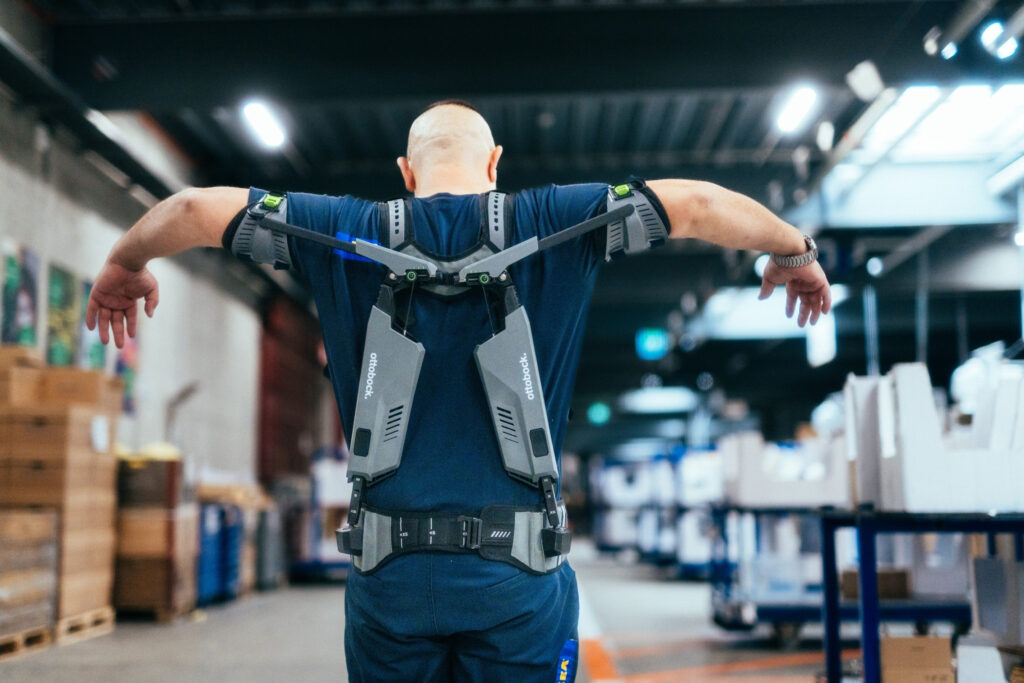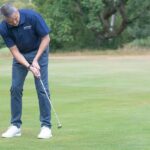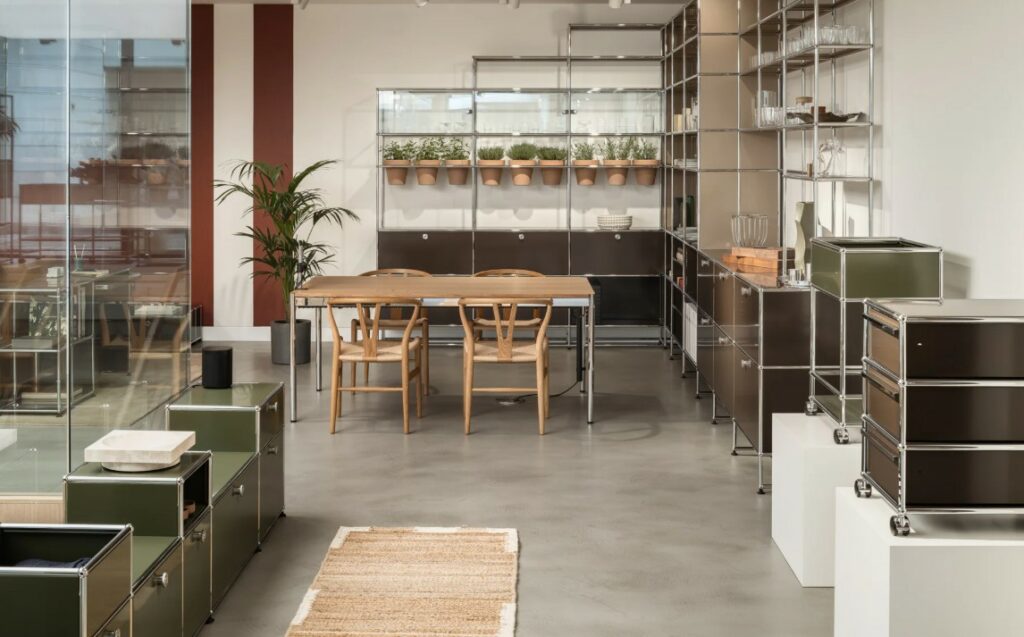In a significant step towards improving workplace ergonomics, Swedish furniture retailer IKEA has deployed 400+ exoskeletons across 14 countries.
The innovative wearable device, developed by a division of German-based Ottobock, the world leader in prosthetics, is designed to reduce physical strain on workers during tasks such as lifting, carrying, and other repetitive movements. The rollout highlights the IKEA commitment to prioritizing the health and safety of its global workforce while adapting to increasing customer demands.
While automation has alleviated some manual tasks involving heavy lifting for workers, IKEA has continued to seek innovative ways to enhance workplace ergonomics. This drive led to the exploration of exoskeleton technology, which has now become an essential part of IKEA fulfilment operations.
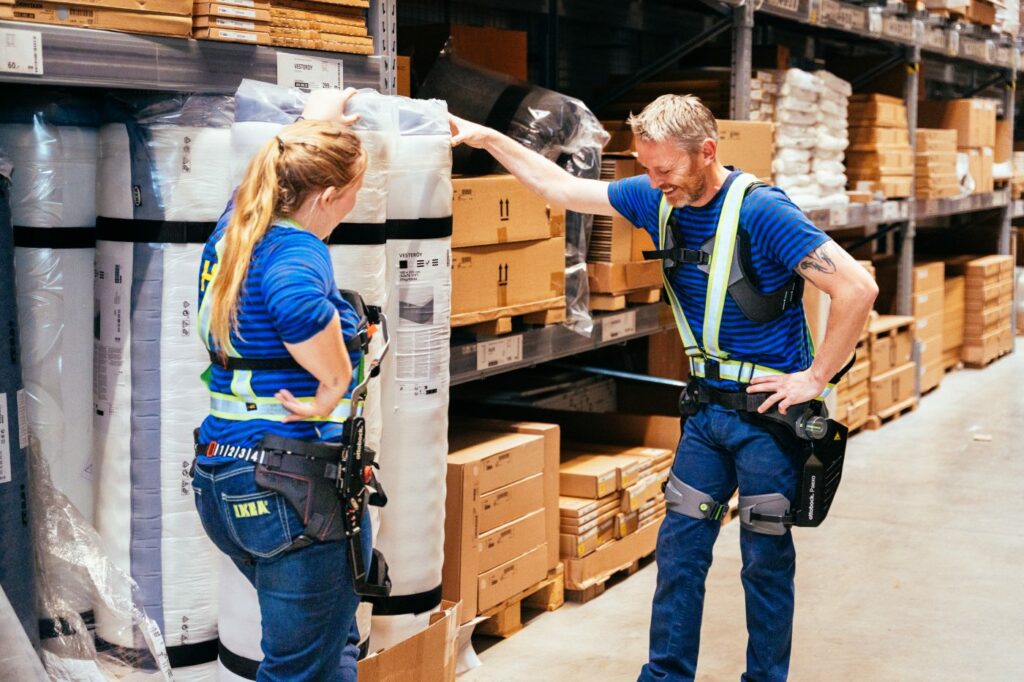
“Our collaboration with SUITX by Ottobock is a testament of how IKEA continues to invest in its people’s wellbeing,” says Marcus Baumgartner, Global Head of Fulfilment & Services, for IKEA Retail (Ingka Group). “Exoskeletons aim to minimize the negative impact of physical workload and fatigue on our co-workers’ health. Thus, ensuring better quality of life both in and out of work, including reducing strains and giving our co-workers more energy after shifts.”
Through biochemical energy redistribution, exoskeletons are designed to redistribute forces within the body. They capture and store kinetic energy generated during movement and release it when needed, providing support to specific body regions. The introduction of exoskeletons is already showing tangible benefits:
- Reduced Physical Strain: Mechanical support reduces stress on muscles and joints, particularly during heavy lifting. One IKEA worker shared, “Thanks to the exoskeleton, I still have energy left to lift and play with my kids after a work shift.”
- Enhanced Safety: The devices significantly lower the risk of musculoskeletal injuries. According to David Duwe, Vice President of SUITX at Ottobock Europe, “User posture improved by up to 65% over several weeks, based on daily sensor measurements. Knees and legs are used more often with a stable, straight back, reducing strain on the lower back and spine.”
- A More Inclusive Workplace: Exoskeletons make tasks more accessible, fostering a more diverse workforce and creating ergonomic working conditions that appeal to potential workers.
With exoskeletons already in use across 14 countries, IKEA is set to expand the program further, with India, the Netherlands, Poland, Romania, Serbia, Japan, and China joining soon.
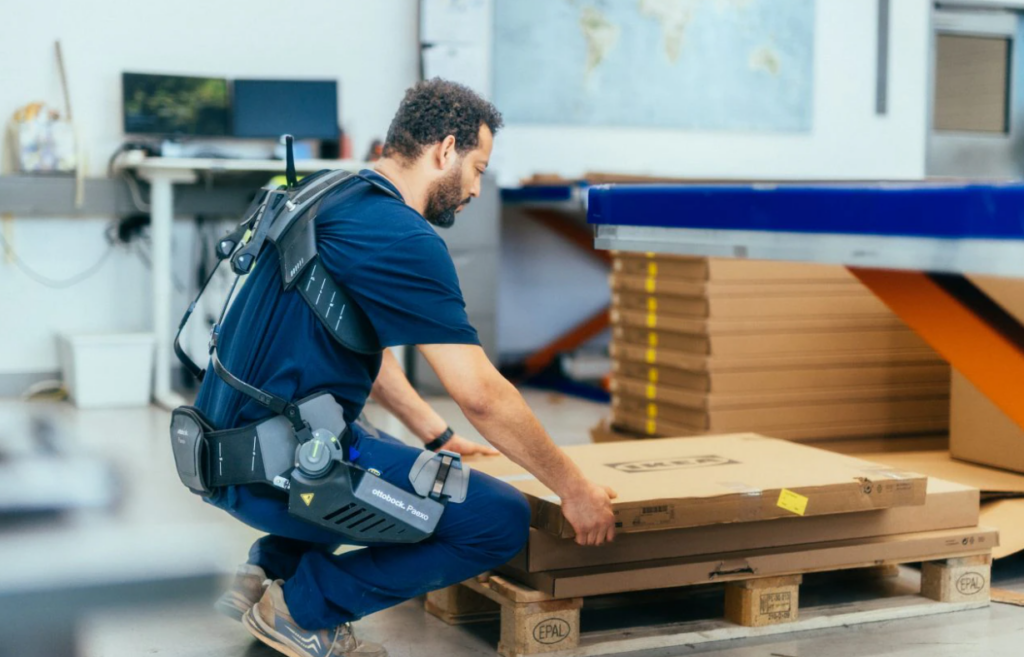
To identify, and implement these solutions effectively, the company needed to think collectively and collaboratively. ‘’We are committed to embracing cooperation to make the workplace better for co-workers who are providing great furnishing solutions for our customers,” says Peter Ac, Development Network Leader, at Inter IKEA.
The milestone of 400 exoskeletons is just the beginning of the IKEA journey towards enhancing workplace safety and health. By integrating cutting-edge technology into its operations, IKEA is not only addressing today’s challenges but also setting the standard for a healthier, more ergonomic future in the workplace. Stay tuned as IKEA continues to implement innovative solutions that support its global co-worker community.
Ulrika Biesèrt, Chief People and Culture Officer at IKEA Retail (Ingka Group), explained: “At IKEA, our co-workers are at the core of everything we do, and our ultimate goal is to ensure that work contributes to a healthy and fulfilling life at home.”


